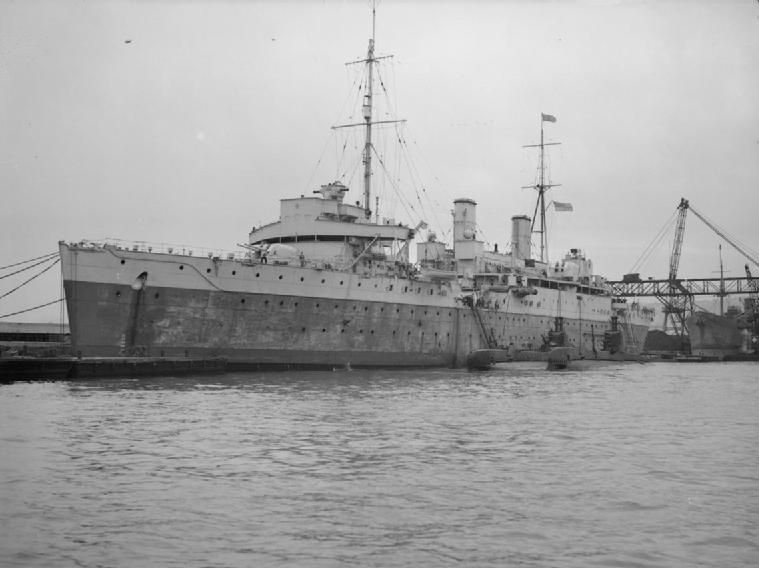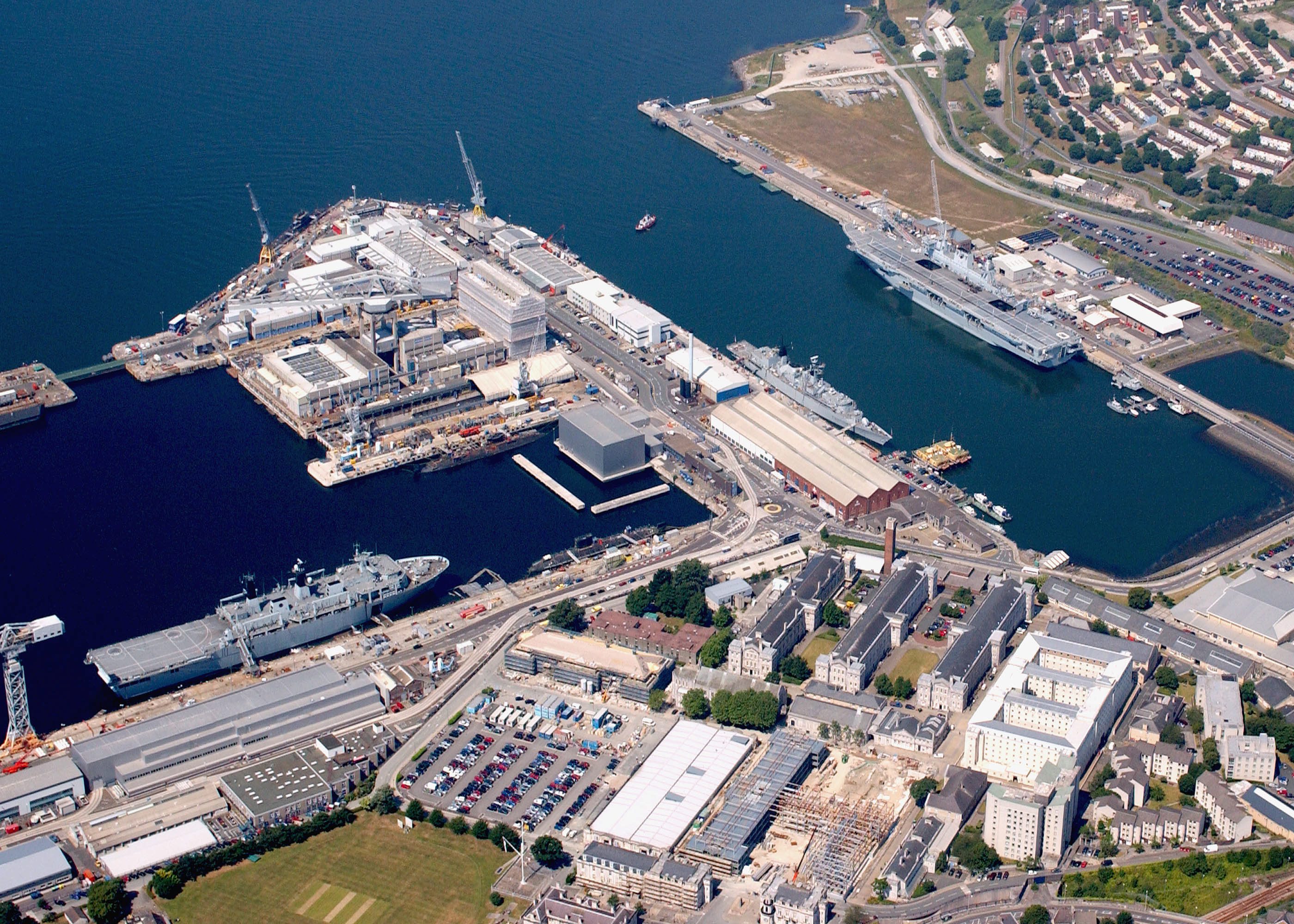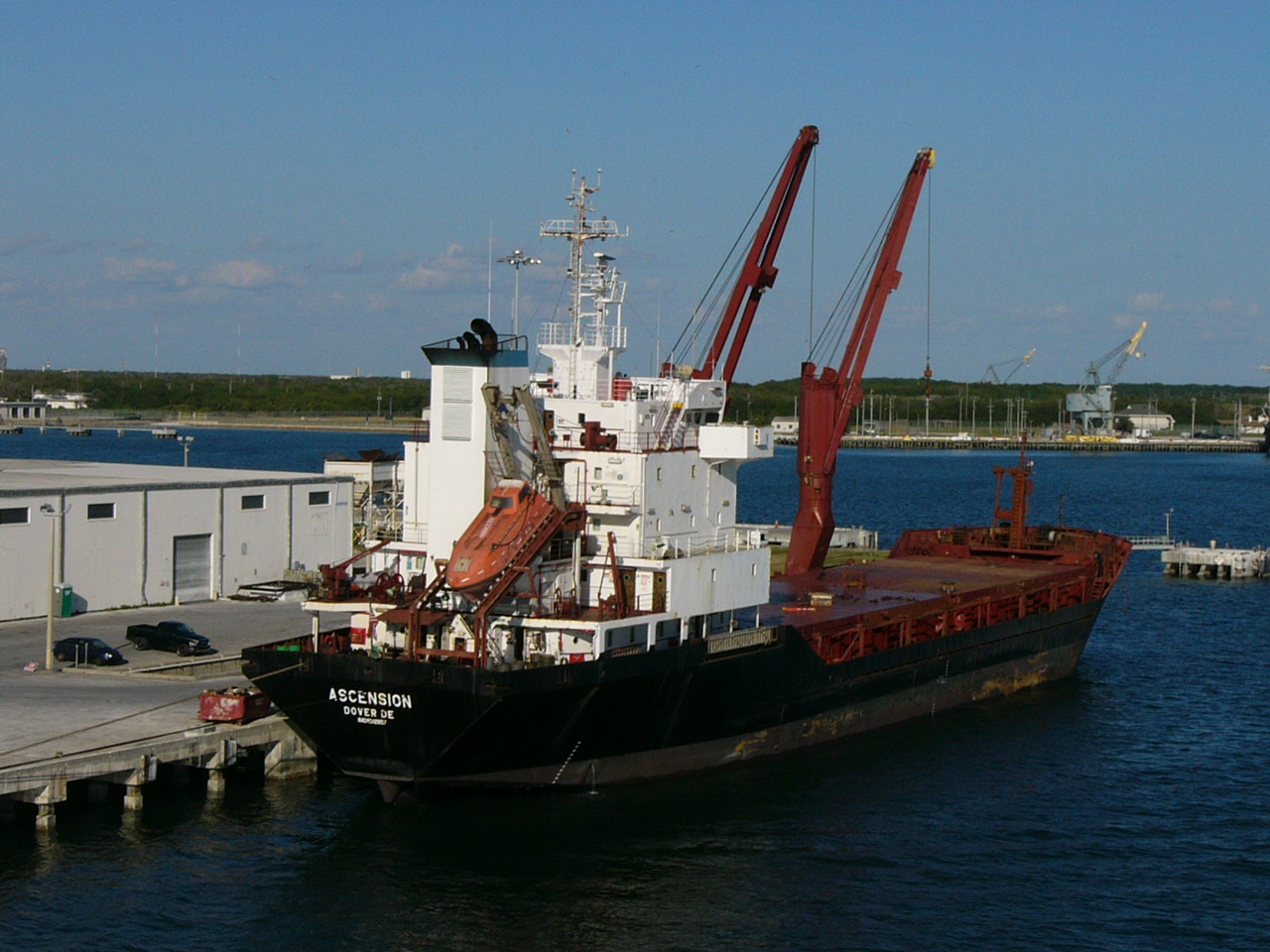|
HMS Charybdis (1893)
The ''Astraea'' class was an eight ship class of protected cruisers built for the Royal Navy during the 1890s. The ships served on a number of foreign stations during their careers, particularly in the waters of the Indian and Pacific Oceans, and around the Cape of Good Hope. Already obsolete by the outbreak of the First World War, most continued to see service in a variety of roles, though rarely in a front line capacity. By the end of the war the majority were being used as training or depot ships, and they were soon sold out of the service and scrapped. However, one ship, , was bought by the Marine Society and used as a training ship until 1940. Design and construction The eight ships were ordered under the provisions of the 1889 Naval Defence Act as an improved design of the preceding s. They were to displace 1000 tons more than the ''Apollo''s, and were to have improved sea-keeping abilities, and heavier and better placed armament. The result was a design with a full len ... [...More Info...] [...Related Items...] OR: [Wikipedia] [Google] [Baidu] |
Protected Cruiser
Protected cruisers, a type of cruiser of the late 19th century, took their name from the armored deck, which protected vital machine-spaces from fragments released by explosive shells. Protected cruisers notably lacked a belt of armour along the sides, in contrast to armored cruisers which carried both deck and belt armour. Outside of a handful of very large designs in the major navies (which preceded the revival of armored cruisers), the majority of protected cruisers were of 'second-' or 'third-class' types, lighter in displacement and mounting fewer and/or lighter guns than armored cruisers. By the early 20th-century, with the advent of increasingly lighter yet stronger armour, even smaller vessels could afford some level of both belt and deck armour. In the place of protected cruisers, these new ' light armored cruisers' would evolve into light cruisers and heavy cruisers, the former especially taking on many of the roles originally envisioned for protected cruisers. ... [...More Info...] [...Related Items...] OR: [Wikipedia] [Google] [Baidu] |
Depot Ship
A depot ship is an auxiliary ship used as a mobile or fixed base for submarines, destroyers, minesweepers, fast attack craft, landing craft, or other small ships with similarly limited space for maintenance equipment and crew dining, berthing and relaxation. Depot ships may be identified as tenders in American English. Depot ships may be specifically designed for their purpose or be converted from another purpose. Function Depot ships provide services unavailable from local naval base shore facilities. Industrialized countries may build naval bases with extensive workshops, warehouses, barracks, and medical and recreation facilities. Depot ships operating within such bases may provide little more than command staff offices,Lenton (1975) pp.391-394 while depot ships operating at remote bases may perform unusually diverse support functions. Some United States Navy submarine depot ships operating in the Pacific during World War II included sailors with Construction Battalion rating ... [...More Info...] [...Related Items...] OR: [Wikipedia] [Google] [Baidu] |
Pacific Station
The Pacific Station was created in 1837 as one of the geographical military formations into which the Royal Navy divided its worldwide responsibilities. The South America Station was split into the Pacific Station and the South East Coast of America Station. History The British Pacific Squadron was established in 1813 to support British interests along the eastern shores of the Pacific Ocean at Valparaíso, Chile. In 1837, when the South America station was split, this responsibility was passed to the Commander-in-Chief, Pacific. In 1843, George Paulet, captain of , took her out from Valparaíso to Honolulu to demand the islands of the Kingdom of Hawaii for Britain. King Kamehameha III capitulated and signed the islands over to Paulet. In the summer of that year, Rear-Admiral Richard Darton Thomas set out from Valparaíso in to rein Paulet in. On 31 July 1843, Thomas assured the King that the occupation was over and that there was no British claim over the islands ... [...More Info...] [...Related Items...] OR: [Wikipedia] [Google] [Baidu] |
HMNB Portsmouth
His Majesty's Naval Base, Portsmouth (HMNB Portsmouth) is one of three operating bases in the United Kingdom for the Royal Navy (the others being HMNB Clyde and HMNB Devonport). Portsmouth Naval Base is part of the city of Portsmouth; it is located on the eastern shore of Portsmouth Harbour, north of the Solent and the Isle of Wight. For centuries it was officially known as HM Dockyard, Portsmouth: as a Royal Navy Dockyard, Portsmouth functioned primarily as a state-owned facility for building, repairing and maintaining warships; for a time it was the largest industrial site in the world. From the 1970s, the term 'Naval Base' began to be used for Portsmouth (and other Royal Dockyards), acknowledging a greater focus on personnel and support elements alongside the traditional industrial emphases. In 1984 Portsmouth's Royal Dockyard function was significantly downsized and downgraded, and was formally renamed the 'Fleet Maintenance and Repair Organisation' (FMRO). The FMRO was priv ... [...More Info...] [...Related Items...] OR: [Wikipedia] [Google] [Baidu] |
Chatham Dockyard
Chatham Dockyard was a Royal Navy Dockyard located on the River Medway in Kent. Established in Chatham, Kent, Chatham in the mid-16th century, the dockyard subsequently expanded into neighbouring Gillingham, Kent, Gillingham; at its most extensive (in the early 20th century) two-thirds of the dockyard lay in Gillingham, one-third in Chatham. It came into existence at the time when, following the English Reformation, Reformation, relations with the Catholic countries of Europe had worsened, leading to a requirement for additional defences. Over 414 years Chatham Royal Dockyard provided more than 500 ships for the Royal Navy, and was at the forefront of shipbuilding, Industrial technology, industrial and British industrial architecture, architectural technology. At its height, it employed over 10,000 skilled artisans and covered . Chatham dockyard closed in 1984, and of the Georgian dockyard is now managed as the Chatham Historic Dockyard visitor attraction by the Chatham Histori ... [...More Info...] [...Related Items...] OR: [Wikipedia] [Google] [Baidu] |
Sheerness Dockyard
Sheerness Dockyard was a Royal Navy Dockyard located on the Sheerness peninsula, at the mouth of the River Medway in Kent. It was opened in the 1660s and closed in 1960. Location In the Age of Sail, the Royal Navy would often establish shore facilities close to safe Anchorage (shipping), anchorages where the fleet would be based in home waters. This was the case when, around 1567, a Royal Dockyard was established at Chatham, Kent, on the bank of the River Medway. At that time, Tudor navy, HM Ships would often lay at anchor either within the river, on Chatham Reach (geography), Reach or Gillingham, Kent, Gillingham Reach, or beyond it, around The Nore. Chatham Dockyard had its disadvantages, however. The vagaries of wind and tide, coupled with the restricted depth of the river, meant that vessels entering the river, for repairs or to replenish supplies at Chatham, could be delayed for considerable lengths of time. What was an inconvenience at times of peace became a serious imp ... [...More Info...] [...Related Items...] OR: [Wikipedia] [Google] [Baidu] |
Pembroke Dockyard
Pembroke Dockyard, originally called Pater Yard, is a former Royal Navy Dockyard in Pembroke Dock, Pembrokeshire, Wales. History It was founded in 1814, although not formally authorized until the George IV of the United Kingdom, Prince Regent signed the necessary Order in Council on 31 October 1815, and was known as ''Pater Yard'' until 1817. The Mayor of Pembroke had requested the change "in deference to the town of Pembroke, Pembrokeshire, Pembroke some distant". The site selected for the dockyard was greenfield land and the closest accommodations were in Pembroke. Office space was provided by the old frigate after she was Beaching (nautical), beached. The Royal Marine garrison was housed in the Hulk (ship type), hulked 74-gun ship, , after she was run aground in 1832. Many of the workmen commuted by boat from nearby communities until Pembroke Dock town was built up. In 1860 the dockyard's policing was transferred to the new History of the Ministry of Defence Police#1860: T ... [...More Info...] [...Related Items...] OR: [Wikipedia] [Google] [Baidu] |
HMNB Devonport
His Majesty's Naval Base, Devonport (HMNB Devonport) is one of three operating bases in the United Kingdom for the Royal Navy (the others being HMNB Clyde and HMNB Portsmouth) and is the sole nuclear repair and refuelling facility for the Royal Navy. HMNB Devonport is located in Devonport, Devon, Devonport, in the west of the city of Plymouth, England. The base began as a Royal Navy Dockyard in the late 17th century, designed and built on open ground by Edmund Dummer (naval engineer), Edmund Dummer as an integrated facility for the repair and maintenance of warships, centred on his pioneering stone dry dock (one of the earliest stepped docks in the world). Over the next two centuries it expanded, reaching its present extent in the 20th century. Historically, the yard was also used for shipbuilding: over 300 naval vessels were built there, the last being HMS Scylla (F71), HMS ''Scylla'' (launched in 1968). The yard was known as HM Dockyard, Plymouth until 1843, when it was ren ... [...More Info...] [...Related Items...] OR: [Wikipedia] [Google] [Baidu] |
Seaworthy
Seakeeping ability or seaworthiness is a measure of how well-suited a watercraft is to conditions when underway. A ship or boat which has good seakeeping ability is said to be very seaworthy and is able to operate effectively even in high sea states. Measure In 1976, St. Denis suggested four principal terms needed to describe a seakeeping performance. These are: *Mission: what the ship is intended to accomplish. The role of the ship while at sea. *Environment: the conditions under which the ship is operating. This can be described as sea state, wind speed, geographic region or some combination thereof. *Ship responses: the response of the ship to the environmental conditions. The responses are a function of the environment and the vessel characteristics. *Seakeeping performance criteria: the established limits for the ship's responses. These are based on the ship motions and the accelerations experienced, and include comfort criteria such as noise, vibration and sea sickness, p ... [...More Info...] [...Related Items...] OR: [Wikipedia] [Google] [Baidu] |
Superstructure
A superstructure is an upward extension of an existing structure above a baseline. This term is applied to various kinds of physical structures such as buildings, bridges, or ships. Aboard ships and large boats On water craft, the superstructure consists of the parts of the ship or a boat, including sailboats, fishing boats, passenger ships, and submarines, that project above her main deck. This does not usually include its Mast (sailing), masts or any armament gun turret, turrets. Note that, in modern times, turrets do not always carry naval artillery. They can also carry missile launchers and/or antisubmarine warfare weapons. The size of a watercraft's superstructure can have many implications in the performance of ships and boats, since these structures can alter their structural rigidity, their displacements, and/or stability. These can be detrimental to any vessel's performance if they are taken into consideration incorrectly. The height and the weight of superstructure ... [...More Info...] [...Related Items...] OR: [Wikipedia] [Google] [Baidu] |
Freeboard
In sailing and boating, a vessel's freeboard is the distance from the waterline to the upper deck level, measured at the lowest point of sheer where water can enter the boat or ship. In commercial vessels, the latter criterion measured relative to the ship's load line, regardless of deck arrangements, is the mandated and regulated meaning. In yachts, a low freeboard is often found on racing boats, for increased speed (by reducing weight and therefore drag). A higher freeboard will give more room in the cabin, but will increase weight and drag, compromising speed. A higher freeboard, such as used on ocean liners, also helps weather waves and so reduce the likelihood of being washed over by full water waves. A low-freeboard vessel is susceptible to taking in water in rough seas. Freighter ships and warships use high freeboard designs to increase internal volume, which also allows them to satisfy International Maritime Organization (IMO) damage stability regulations, due to in ... [...More Info...] [...Related Items...] OR: [Wikipedia] [Google] [Baidu] |







